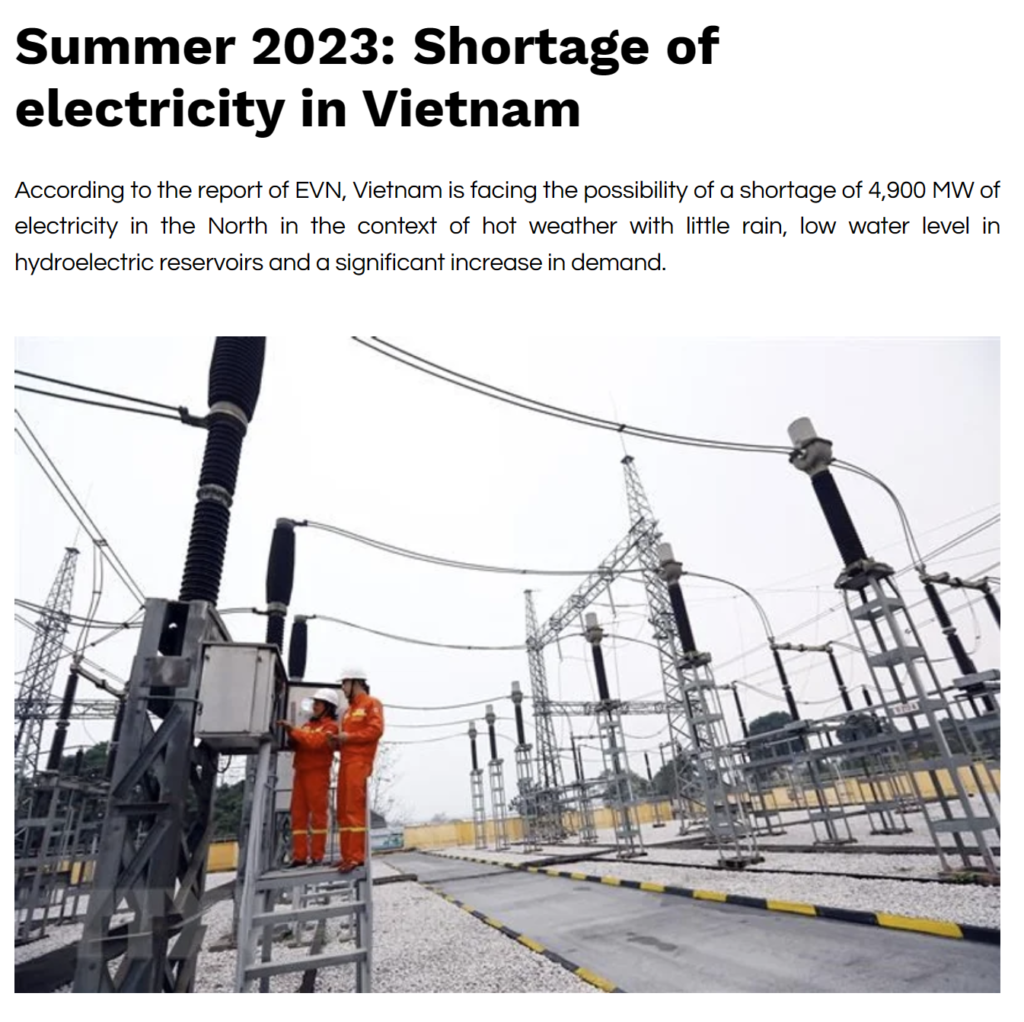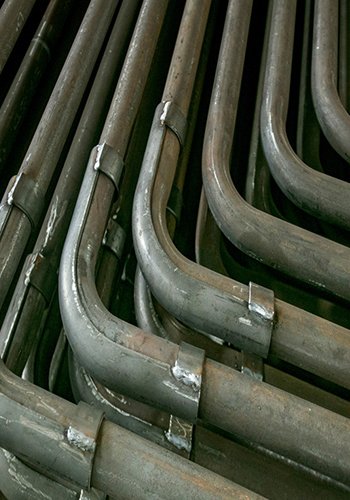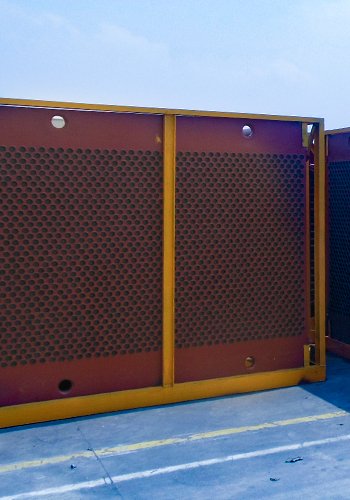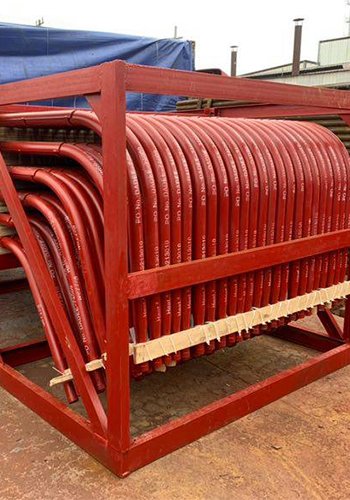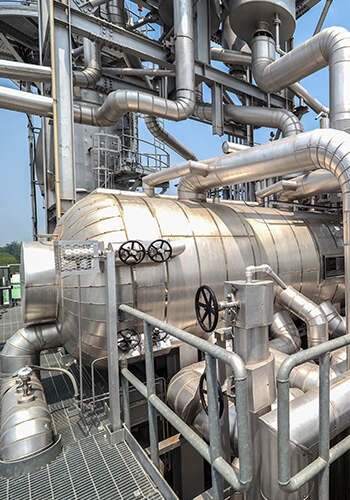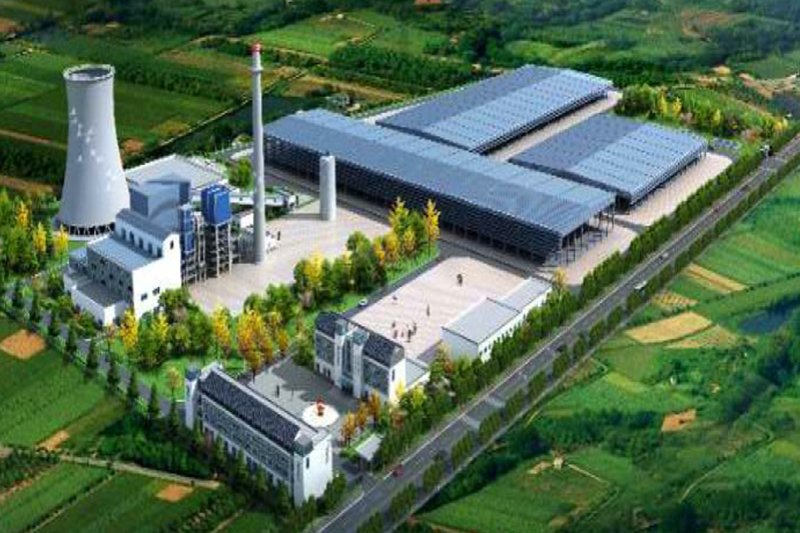With more and more companies investing in Vietnam, the country’s electricity consumption is very high. Recently, there is a shortage of electricity in Vietnam, so let’s see if there is a market for waste heat recovery boilers in Vietnam’s electricity consumption market.
News about electricity shortage in Vietnam
According to a report by Vietnam Electricity Group (EVN), Vietnam is facing the possibility of a power shortage of 4,900 megawatts in the northern region, due to hot weather, low rainfall, low water levels in hydropower reservoirs, and a significant increase in demand.
Vietnam’s power shortage is a “wake-up call” for the government, which needs to speed up the decision-making process for power market reforms.
Vietnam relies on coal and hydropower, and renewable energy is unlikely to solve the problem in the short term, despite a recent solar boom. Coal-fired plants accounted for about 60% of power output last week, while hydropower was affected by low rainfall.
What is waste heat boiler?
A waste heat boiler, also known as a heat recovery boiler, is a specialized type of boiler that is designed to recover and utilize waste heat generated from industrial processes or exhaust gases. It captures the heat that would otherwise be wasted and converts it into usable energy, such as steam or hot water. Waste heat boilers play a crucial role in improving energy efficiency and reducing environmental impact.
The primary source of waste heat can vary depending on the industry and application. It may originate from processes such as chemical reactions, combustion of fuels, or thermal operations like drying or smelting. The waste heat is typically carried by exhaust gases, flue gases, or high-temperature process streams.
The waste heat boiler utilizes the captured heat to generate steam or hot water, which can be used for various purposes within the same industrial process or for other applications. By recovering and reusing this otherwise wasted heat, waste heat boilers contribute to substantial energy savings, cost reduction, and lower greenhouse gas emissions.
Key Industries in Vietnam that Benefit from Waste Heat Recovery Boilers
Waste heat recovery boilers are a valuable asset for various industries in Vietnam, offering numerous benefits and enhancing operational efficiency. In this section, we will explore the key industries in Vietnam that stand to gain from the implementation of waste heat recovery boilers. These industries, driven by their energy-intensive processes, have the potential to significantly reduce energy consumption, lower costs, and contribute to a more sustainable future.
Manufacturing Sector
The manufacturing industry in Vietnam is vibrant and diverse, encompassing sectors such as textiles, electronics, automotive, and food processing. These industries often generate substantial amounts of waste heat through processes like drying, curing, and heat treatment. Waste heat recovery boilers can capture this wasted heat and convert it into useful energy for powering manufacturing operations, heating water, or generating steam. By incorporating waste heat recovery systems, manufacturers can enhance their energy efficiency, reduce dependence on traditional energy sources, and lower operational costs.
Power Generation
The power generation sector plays a crucial role in meeting Vietnam’s growing electricity demand. Waste heat recovery boilers can be integrated into power plants, both conventional and renewable, to recover heat from exhaust gases or flue gases produced during the power generation process. This recovered heat can then be utilized to produce additional electricity, improving the overall efficiency and output of the power plant. Waste heat recovery in power generation ensures optimal utilization of resources and contributes to the stability and sustainability of the energy grid.
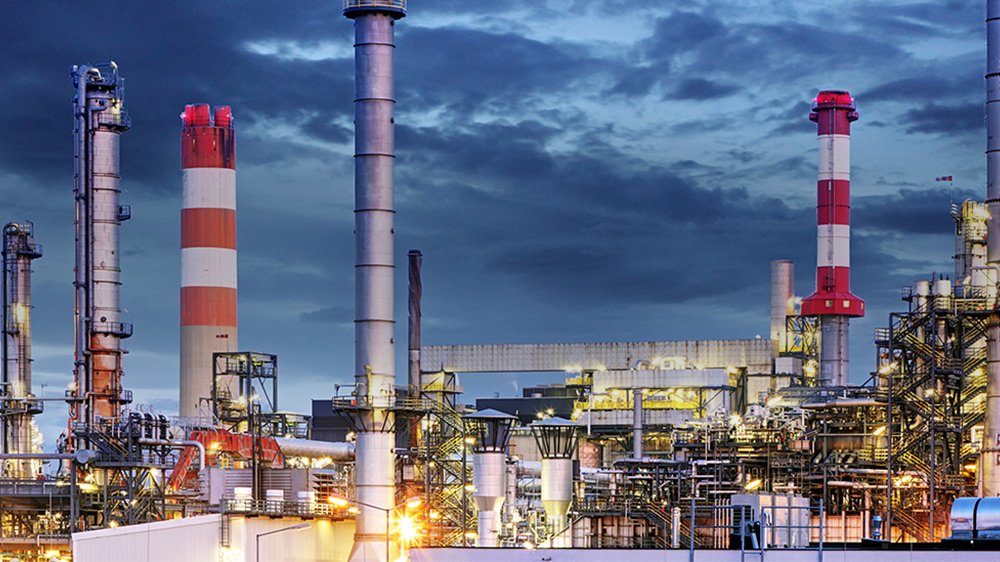
Chemical and Petrochemical Industry
The chemical and petrochemical sector in Vietnam involves complex and energy-intensive processes, such as distillation, refining, and chemical reactions. These processes often generate high-temperature waste gases and streams that contain significant amounts of recoverable heat. By installing waste heat recovery boilers, chemical and petrochemical plants can capture this waste heat and convert it into valuable steam, hot water, or electricity. The recovered energy can then be used for internal processes or sold back to the grid, enhancing efficiency and reducing environmental impact.
Oil and Gas Industry
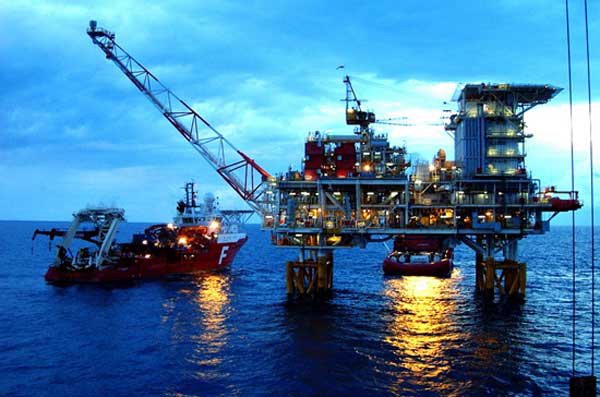
Vietnam’s oil and gas industry is a key contributor to the country’s economy. This sector involves extensive extraction, refining, and processing operations, which generate substantial amounts of waste heat. Waste heat recovery boilers can be integrated into various stages of the oil and gas production process to recover and utilize this waste heat efficiently. By doing so, the industry can optimize energy usage, reduce greenhouse gas emissions, and enhance the overall productivity and profitability of oil and gas operations.
Metal Industry
The metal industry, including steel manufacturing and non-ferrous metal production, relies on high-temperature processes like smelting, forging, and heat treatment. These processes generate significant amounts of waste heat, which can be effectively harnessed through waste heat recovery boilers. By capturing and utilizing this waste heat, the metal industry can improve energy efficiency, reduce fuel consumption, and enhance overall process performance. Waste heat recovery systems offer a sustainable solution for the metal industry to maximize the utilization of heat resources and reduce environmental impact.
The implementation of waste heat recovery boilers holds immense potential for key industries in Vietnam. From manufacturing and power generation to chemical, petrochemical, oil and gas, and metal industries, waste heat recovery systems can significantly enhance energy efficiency, reduce operational costs, and contribute to a more sustainable and environmentally friendly industrial landscape. By embracing these technologies, Vietnam can unlock numerous benefits and establish itself as a leader in energy-efficient practices and sustainable industrial development.
Government Initiatives and Policies Promoting Waste Heat Recovery in Vietnam
In Vietnam, the government plays a crucial role in promoting sustainable development and driving the adoption of energy-efficient technologies. We will explore the various government initiatives and policies that are specifically aimed at promoting waste heat recovery in the country. These measures encourage industries to invest in waste heat recovery systems, fostering a more sustainable and efficient industrial sector.
Renewable Energy Development Strategy: The Vietnamese government has recognized the importance of renewable energy sources in mitigating climate change and reducing dependence on fossil fuels. The Renewable Energy Development Strategy sets ambitious targets for the development and utilization of renewable energy, including waste heat recovery. By prioritizing waste heat recovery as a renewable energy source, the government aims to encourage industries to adopt energy-efficient technologies and reduce greenhouse gas emissions.
- The Vietnamese government’s support for boilers mainly reflects in providing tax incentives, low-interest loans, technical support and energy efficiency standards.
- The Vietnamese government issued the National Program on Energy Efficiency and High Efficiency Boilers in 2015, aiming to promote the production, use and dissemination of energy-efficient and high-efficiency boilers.
- According to the program, the Vietnamese government will achieve the following goals by 2020:
- Increase the average energy efficiency of boilers to over 75%;
- Eliminate or retrofit inefficient boilers, reducing energy consumption by at least 1 million tons of standard coal per year;
- Establish and improve the energy efficiency standards, testing methods and certification system for boilers;
- Train and enhance the energy efficiency awareness and skills of boiler manufacturers, users and managers;
- Establish and develop market mechanisms and incentives for energy-efficient and high-efficiency boilers.
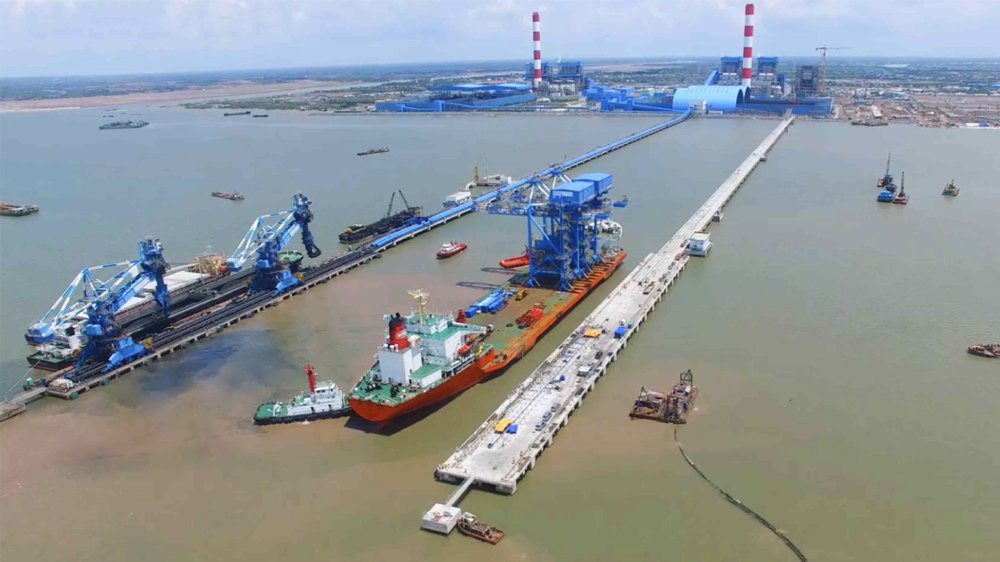
The Vietnamese government’s initiatives and policies play a pivotal role in promoting waste heat recovery as a key component of sustainable industrial development. Through strategies such as the Renewable Energy Development Strategy, National Energy Efficiency Program, and favorable feed-in tariffs, the government incentivizes industries to invest in waste heat recovery systems. Environmental regulations and collaborations with international organizations further reinforce the importance of waste heat recovery in achieving energy efficiency and reducing environmental impact. These proactive measures create a conducive environment for the growth of the waste heat recovery market in Vietnam and contribute to the country’s transition towards a more sustainable and resilient economy.
Case Studies: Successful Implementation of Waste Heat Recovery Boilers in Vietnam
Case1:
One case study is the installation of a waste heat recovery boiler in the Phu My Fertilizer Plant, which is one of the largest fertilizer plants in Vietnam. The boiler recovers the waste heat from the gas turbine exhaust and produces steam for the plant’s process and power generation. The boiler has a capacity of 110 tons per hour and can generate up to 25 MW of electricity. The project was completed in 2010 and has achieved significant energy savings and emission reductions.
Case2:
Another case study is the installation of a waste heat recovery boiler in the Hoa Phat Steel Complex, which is one of the leading steel producers in Vietnam. The boiler recovers the waste heat from the coke oven gas and blast furnace gas and produces steam for the complex’s power plant. The boiler has a capacity of 220 tons per hour and can generate up to 50 MW of electricity. The project was completed in 2012 and has improved the energy efficiency and environmental performance of the complex.
Case3:
A third case study is the installation of a waste heat recovery boiler in the Nghi Son Cement Plant, which is one of the largest cement plants in Vietnam. The boiler recovers the waste heat from the clinker cooler and preheater and produces steam for the plant’s power generation and district heating. The boiler has a capacity of 105 tons per hour and can generate up to 30 MW of electricity. The project was completed in 2014 and has reduced the fuel consumption and greenhouse gas emissions of the plant.
Challenges and Considerations for Investing in Waste Heat Recovery Boilers in Vietnam
While investing in waste heat recovery boilers in Vietnam presents numerous advantages and opportunities, it is important to consider the challenges and factors that come into play. In this section, we will explore the key challenges and considerations for businesses looking to invest in waste heat recovery boilers in Vietnam. By understanding these factors, companies can make informed decisions and ensure successful implementation of waste heat recovery systems.
Initial Investment Costs
One of the primary challenges businesses face when investing in waste heat recovery boilers is the initial capital investment required. Waste heat recovery systems involve significant upfront costs, including the procurement and installation of the equipment, modifications to existing infrastructure, and integration into the industrial processes. Companies need to carefully evaluate their financial capabilities and assess the long-term benefits and potential cost savings to justify the investment.
Technical Complexity
Implementing waste heat recovery systems in industrial settings can be technically complex. Each industry has unique heat sources, operating conditions, and requirements. Therefore, careful engineering and design considerations are necessary to ensure compatibility and maximize the efficiency of waste heat recovery boilers. Expertise in heat transfer, thermodynamics, and system integration is crucial to overcome technical challenges and optimize the performance of the waste heat recovery system.
System Integration and Retrofitting
Retrofitting waste heat recovery systems into existing industrial processes can pose logistical and operational challenges. Integrating the system seamlessly requires careful planning, coordination, and potential modifications to the existing infrastructure. It is essential to conduct a thorough assessment of the feasibility and compatibility of waste heat recovery systems with the existing processes to ensure successful integration and minimize disruptions.
Heat Source Availability and Quality
The availability and quality of waste heat sources can vary across industries. The amount and temperature of waste heat generated influence the overall efficiency and output of the waste heat recovery system. Some industries may have intermittent heat sources or low-temperature waste gases, which can affect the economic viability and performance of waste heat recovery boilers. Conducting a detailed heat source analysis is crucial to determine the suitability and potential benefits of waste heat recovery in specific industrial processes.
Maintenance and Operational Considerations
Proper maintenance and operation of waste heat recovery boilers are essential for sustained performance and longevity. Regular inspection, cleaning, and servicing of the equipment are necessary to ensure optimal efficiency and prevent potential breakdowns. Additionally, training and knowledge transfer to the operational staff are vital to maintain smooth operations and address any challenges that may arise. Businesses should consider the long-term maintenance costs and the availability of skilled personnel when investing in waste heat recovery systems.
Investing in waste heat recovery boilers in Vietnam offers significant advantages in terms of energy efficiency and sustainability. However, businesses must carefully navigate the challenges and considerations associated with such investments. By evaluating the initial capital costs, addressing technical complexities, planning for system integration, analyzing heat source availability, and ensuring proper maintenance and operations, companies can overcome hurdles and maximize the benefits of waste heat recovery. With proper planning, implementation, and ongoing management, waste heat recovery boilers can prove to be a valuable investment for industries in Vietnam, contributing to energy savings, cost reduction, and environmental stewardship.
FAQ
Here are some commonly asked questions and their corresponding answers related to waste heat recovery boilers in Vietnam:
Q1: What is a waste heat recovery boiler?
A1: A waste heat recovery boiler, also known as a heat recovery boiler, is a device that captures and utilizes waste heat from industrial processes or exhaust gases. It converts the waste heat into usable energy, such as steam or hot water, improving energy efficiency and reducing environmental impact.
Q2: How does a waste heat recovery boiler work?
A2: Waste heat recovery boilers work by capturing waste heat from industrial processes or exhaust gases and transferring it to a heat transfer medium, such as water or thermal oil. This heat transfer medium then circulates through the boiler, transferring the heat energy to produce steam or hot water, which can be used for various purposes, including heating or generating electricity.
Q3: What are the benefits of investing in waste heat recovery boilers in Vietnam?
A3: Investing in waste heat recovery boilers in Vietnam offers several benefits, including:
- Improved energy efficiency and reduced energy consumption.
- Cost savings by utilizing waste heat instead of relying solely on traditional energy sources.
- Reduced greenhouse gas emissions and environmental impact.
- Enhanced operational efficiency and productivity.
- Contribution to sustainable development and compliance with environmental regulations.
Q4: Which industries in Vietnam can benefit from waste heat recovery boilers?
A4: Several industries in Vietnam can benefit from waste heat recovery boilers, including manufacturing, power generation, chemical and petrochemical, oil and gas, and metal industries. These industries often generate significant amounts of waste heat, making waste heat recovery a valuable solution to improve energy efficiency and reduce operational costs.
Q5: What are the key considerations when investing in waste heat recovery boilers in Vietnam?
A5: Some key considerations when investing in waste heat recovery boilers in Vietnam include:
- Initial capital investment and return on investment analysis.
- Technical complexity and system integration requirements.
- Availability and quality of waste heat sources.
- Maintenance and operational requirements.
- Compliance with government regulations and standards.
- Long-term viability and sustainability of the investment.
Q6: Are there any government incentives or policies to support waste heat recovery in Vietnam?
A6: Yes, the Vietnamese government has implemented various initiatives and policies to support waste heat recovery, including feed-in tariffs, financial incentives, and collaboration with international organizations. These measures aim to encourage industries to invest in waste heat recovery systems and promote sustainable industrial development.
Q7: Can waste heat recovery boilers help address the electricity shortage in Vietnam?
A7: Waste heat recovery boilers can contribute to addressing the electricity shortage in Vietnam by utilizing waste heat to generate electricity. Industries that implement waste heat recovery systems can reduce their reliance on traditional power sources and contribute to a more sustainable and resilient energy landscape.
Q8: What are the typical maintenance requirements for waste heat recovery boilers?
A8: Typical maintenance requirements for waste heat recovery boilers include regular inspection, cleaning, and servicing of the equipment. This helps ensure optimal efficiency, prevent breakdowns, and extend the lifespan of the boilers. Skilled personnel and proper training are necessary to carry out maintenance tasks effectively.
Q9: Can waste heat recovery boilers be retrofitted into existing industrial processes?
A9: Yes, waste heat recovery boilers can be retrofitted into existing industrial processes. However, careful planning, coordination, and potential modifications to the existing infrastructure are required to ensure successful integration and minimize disruptions.
Q10: How can waste heat recovery boilers contribute to environmental sustainability in Vietnam?
A10: Waste heat recovery boilers contribute to environmental sustainability in Vietnam by reducing greenhouse gas emissions and promoting energy efficiency. By capturing and utilizing waste heat, industries can reduce their reliance on fossil fuels, lower carbon footprints, and contribute to a greener and more sustainable energy sector.
Ready to harness the power of waste heat recovery boilers? Dive into our comprehensive guide and seize the opportunity for energy efficiency and cost savings in Vietnam’s industrial sector!
